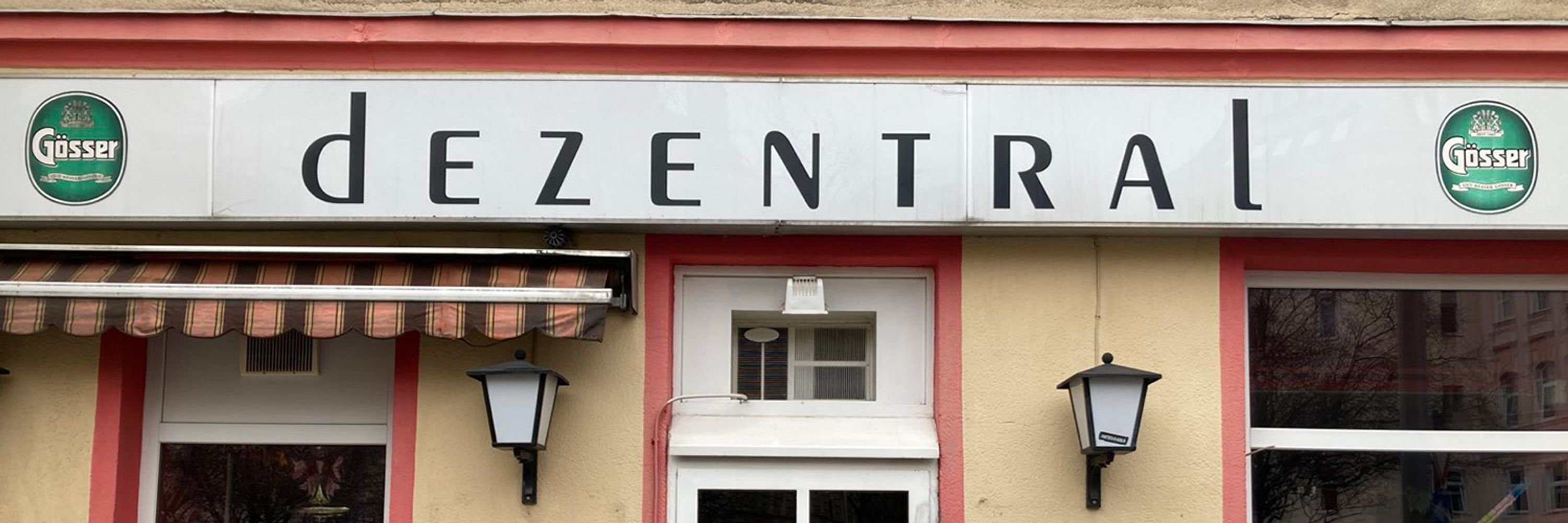
[bridged from https://w3c.social/@hvdsomp on the fediverse by https://fed.brid.gy/ ]
I'm picturing rooms full of Dickensian clerks manually doing the computations to verify the block chain transactions without power.
I'm picturing rooms full of Dickensian clerks manually doing the computations to verify the block chain transactions without power.

